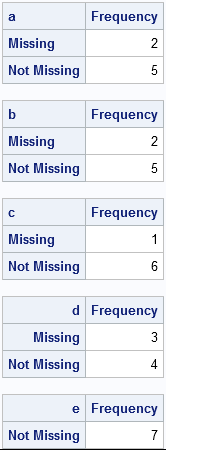
I showed a SAS/IML customer a debugging tip, and she said that I should blog about it because she had never seen it before. The tip is very simple: inside of a DO loop, use the MOD function to selectively print the values of variables. Recall that the expression MOD(a,b)







